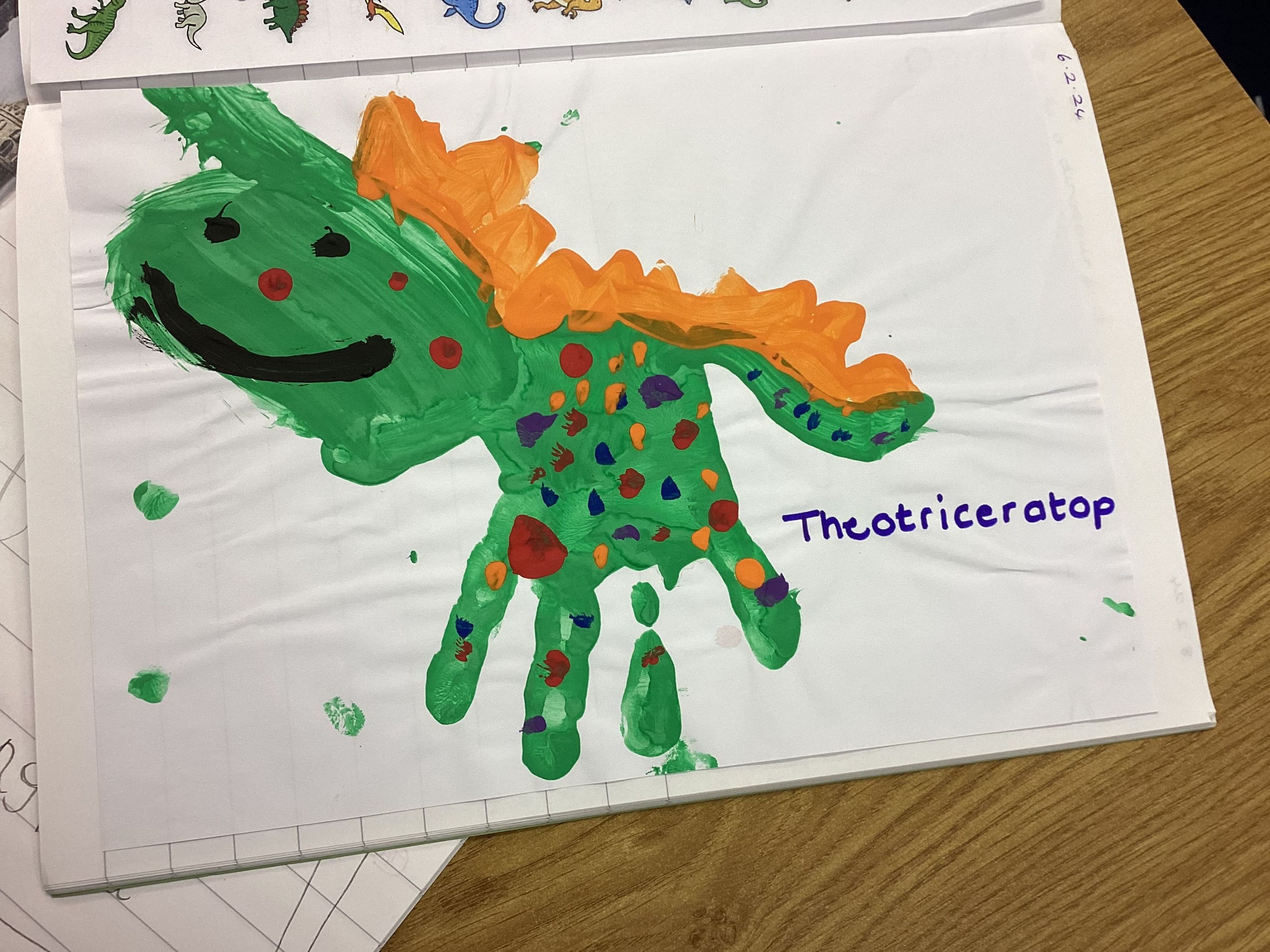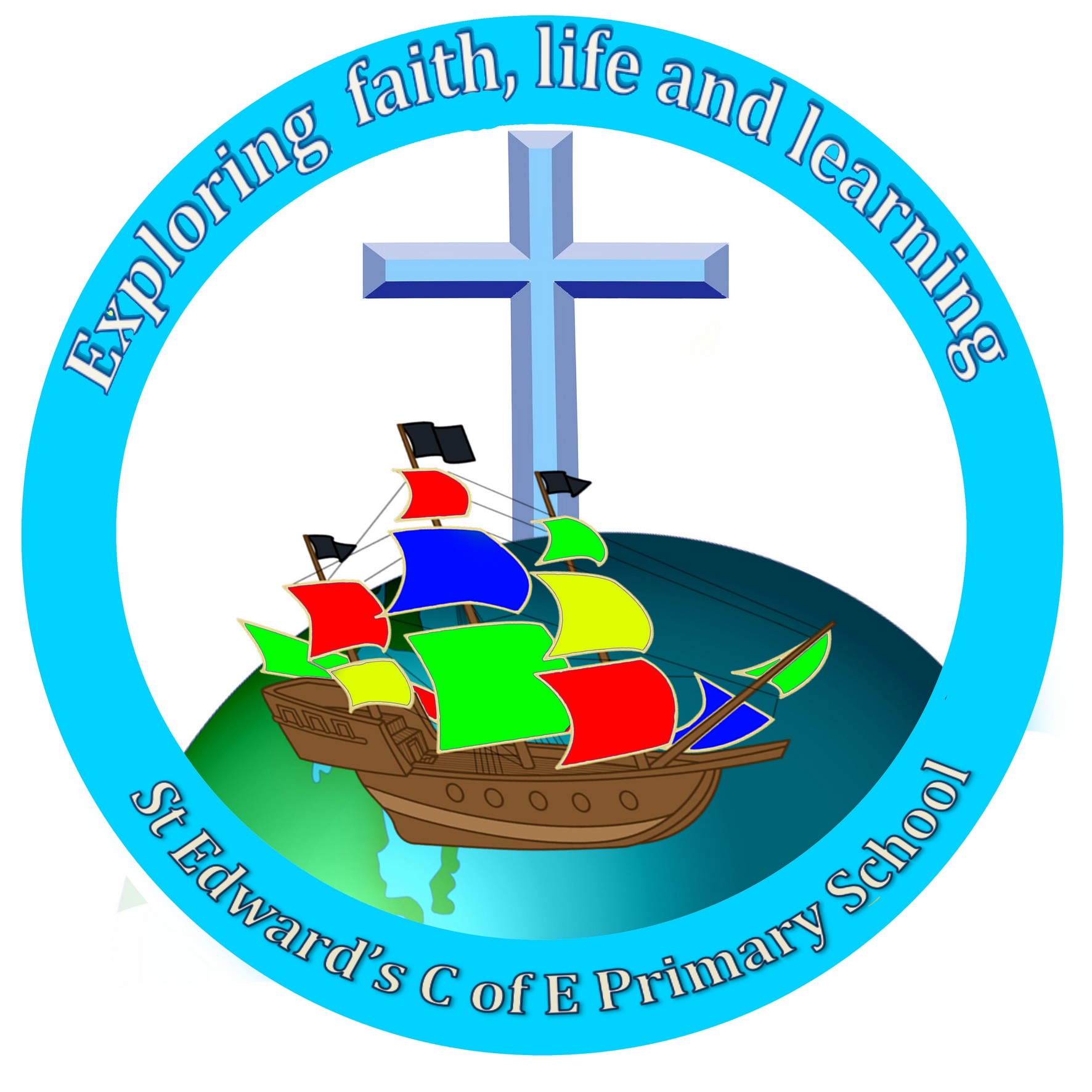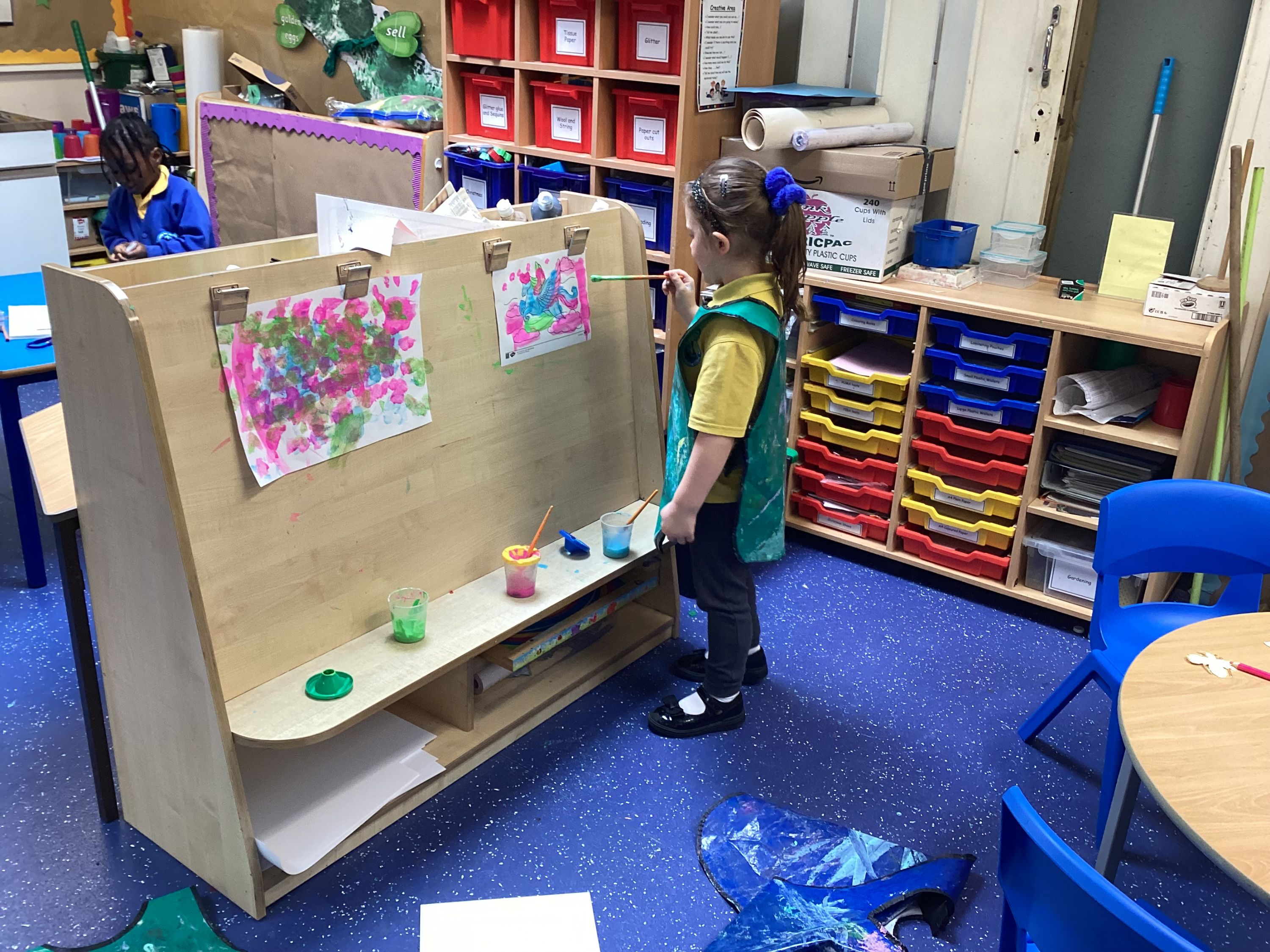Art and Design
Art is a place for children to learn to trust their ideas themselves and to explore what is possible.
Marryann P khoel


The art curriculum will develop children’s critical abilities and understanding of their own and others’ cultural heritages through studying a diverse range of male and female artists and designers throughout history.
Children will develop their understanding of the visual language of art with effective teaching and carefully thought out sequences of lessons and experiences. Understanding of the visual elements of art and design (line, tone, texture, colour, pattern, shape, 3D form) will be developed by providing an accessible and engaging curriculum which will enable children to reach their full potential.
Art Lessons

Lessons are taught in blocks on a half termly basis using the Scheme Cornerstones. The relation between the topics and art depends on the topic being covered that half term as some Topics are more suited for Art lessons than others.
Skills are deliberately revisited and built upon so that there is clear progression across school.
Key stage 1
Pupils are taught:
- To use a range of materials creatively to design and make products
- To use drawing, painting and sculpture to develop and share their ideas, experiences and imagination
- To develop a wide range of art and design techniques in using colour, pattern, texture, line, shape, form and space
- About the work of a range of artists, craft makers and designers, describing the differences and similarities between different practices and disciplines, and making links to their own work.
Key stage 2
Pupils are taught to develop their techniques, including their control and their use of materials, with creativity, experimentation and an increasing awareness of different kinds of art, craft and design.
Pupils are taught:
- To create sketch books to record their observations and use them to review and revisit ideas
- To improve their mastery of art and design techniques, including drawing, painting and sculpture with a range of materials [for example, pencil, charcoal, paint, clay.
- About great artists, architects and designers in history.
A Curriculum for Our Pupils
We have identified some core barriers that the children of our school face when they are accessing the curriculum, and we intend to deliver the Art curriculum with an approach that addresses these:
Resilience – we design challenging tasks in our Art curriculum, allowing children to experience failure and errors in a safe environment, scaffolded by the implementation of growth mindset training.
Confidence – Art is different to other lessons as it involves creativity and displaying that which some children struggle with or aim to perfection and when it doesn’t look like what is in their head can cause upset for the child in question.

